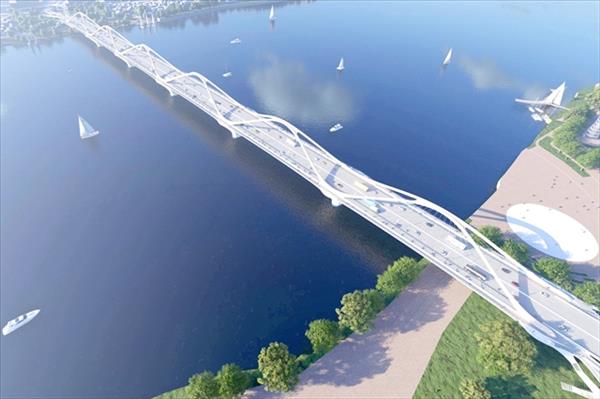The city has strengthened its position as a global destination, combining cultural heritage, modern attractions, and large-scale international events to appeal to both domestic and international travellers.
As Vietnam's capital with one thousand years of history, Hanoi is described as an appealing mix of historical depth, cultural richness, and modern vibrancy. Landmarks such as the Imperial Citadel of Thang Long, the Temple of Literature, Hoan Kiem Lake, and the Ho Chi Minh Mausoleum are often highlighted as iconic attractions. The charm of the Old Quarter, with its 36 streets and traditional dishes like pho, bun cha, and cha ca, continues to be a significant draw for visitors.
In recent years, Hanoi has significantly improved its tourism infrastructure and gained global recognition from UNESCO as a "City for Peace" and a "Creative City." Tourism is considered a key economic driver for the capital, generating substantial annual revenue. The city has focused on innovation in tourism offerings to ensure sustained growth and enhanced visitor satisfaction.
Dang Huong Giang, Director of the municipal Department of Tourism, has noted the effective implementation of synchronised measures that facilitated tourism recovery and growth following the COVID-19 pandemic. By 2024, Hanoi had obtained remarkable improvements in both visitor numbers and service quality, maintaining its leading role in the country’s tourism sector.
Head of the Hanoi Investment, Trade, and Tourism Promotion Centre Nguyen Anh Duong said that the city’s tourism sector has performed well despite global economic challenges.
Hanoi is advancing its tourism sector through digital transformation. According to the Hanoi Tourism Department, plan on the application of information technology, digital transformation and cyber security for 2024, the department has focused on key tasks such as digitising information related to attractions, services, and events. developing a digital tourism map, updating databases for agricultural tourism and visitor behaviour, and creating multilingual digital tools to facilitate smart tourism.
Several cultural landmarks, such as the Temple of Literature and the Imperial Citadel of Thang Long have introduced electronic ticketing systems. This technology is being expanded to other sites to enhance visitor convenience.
Data from the Statistics Office of Hanoi indicates significant growth in the number of visitors, with approximately 677,000 visitors recorded in November, up 26% from the same period last year. In January - November period, over 5.8 million visitors, including 4 million international tourists, visited the capital.
In the last days of the year and early next year, Hanoi is preparing numerous activities to attract visitors during the New Year and Lunar New Year (Tet) holiday, such as cultural events, family-friendly attractions, and campaigns to promote the city’s long-standing traditions and hospitality to global audiences./.


















